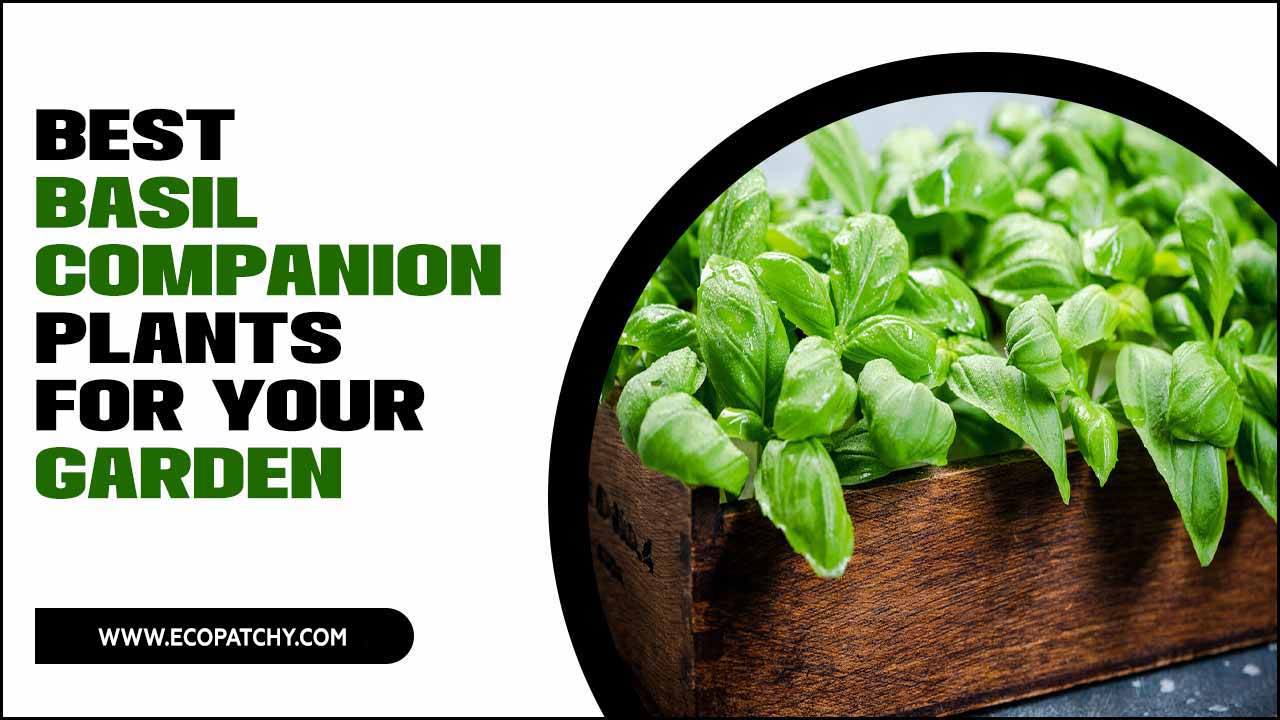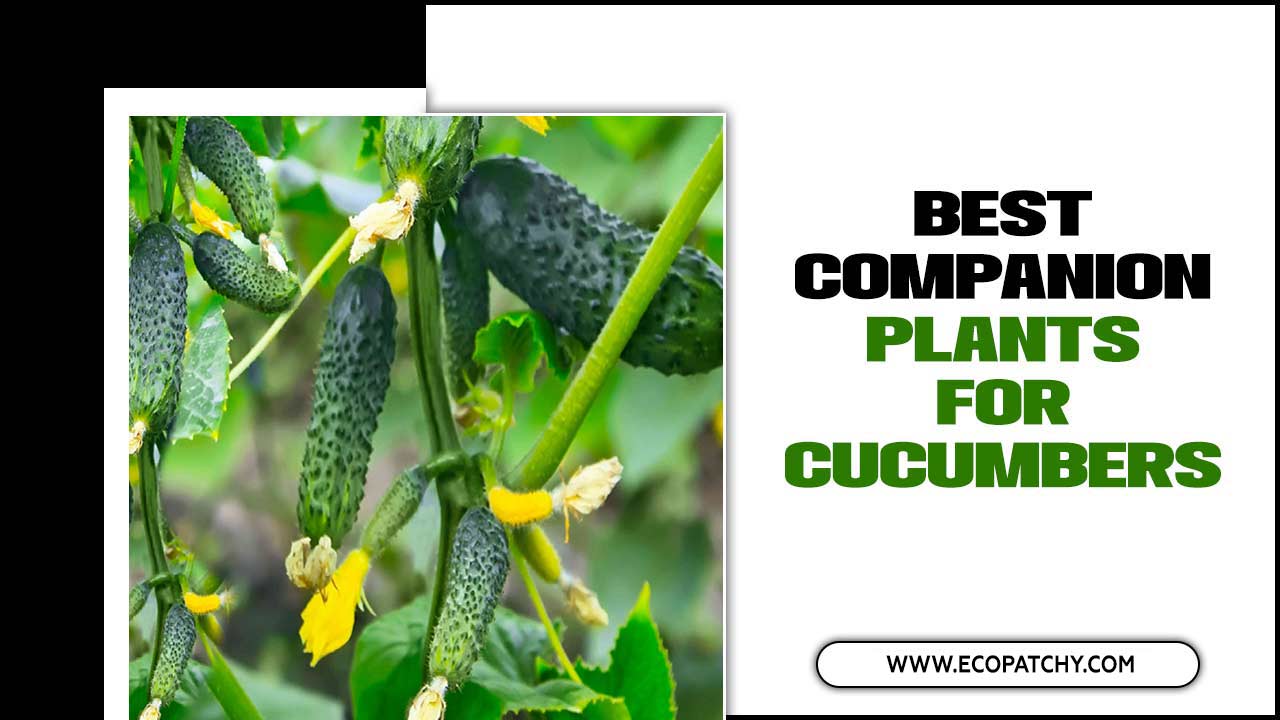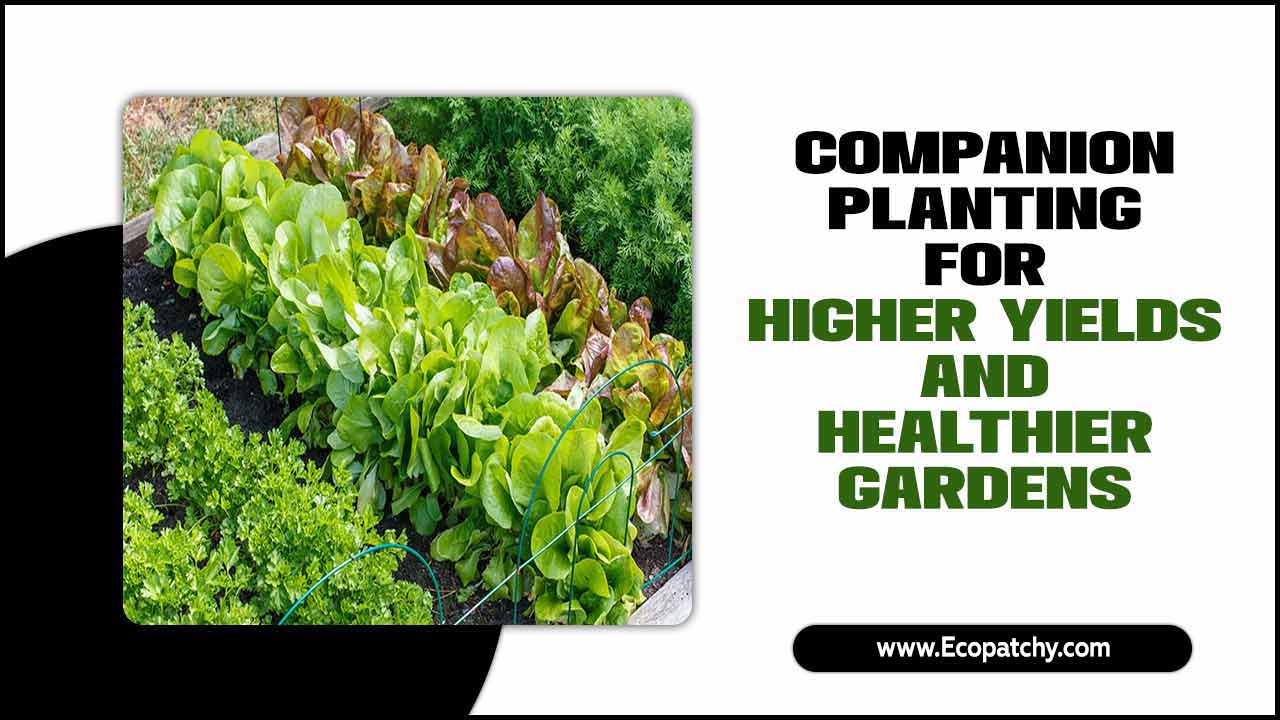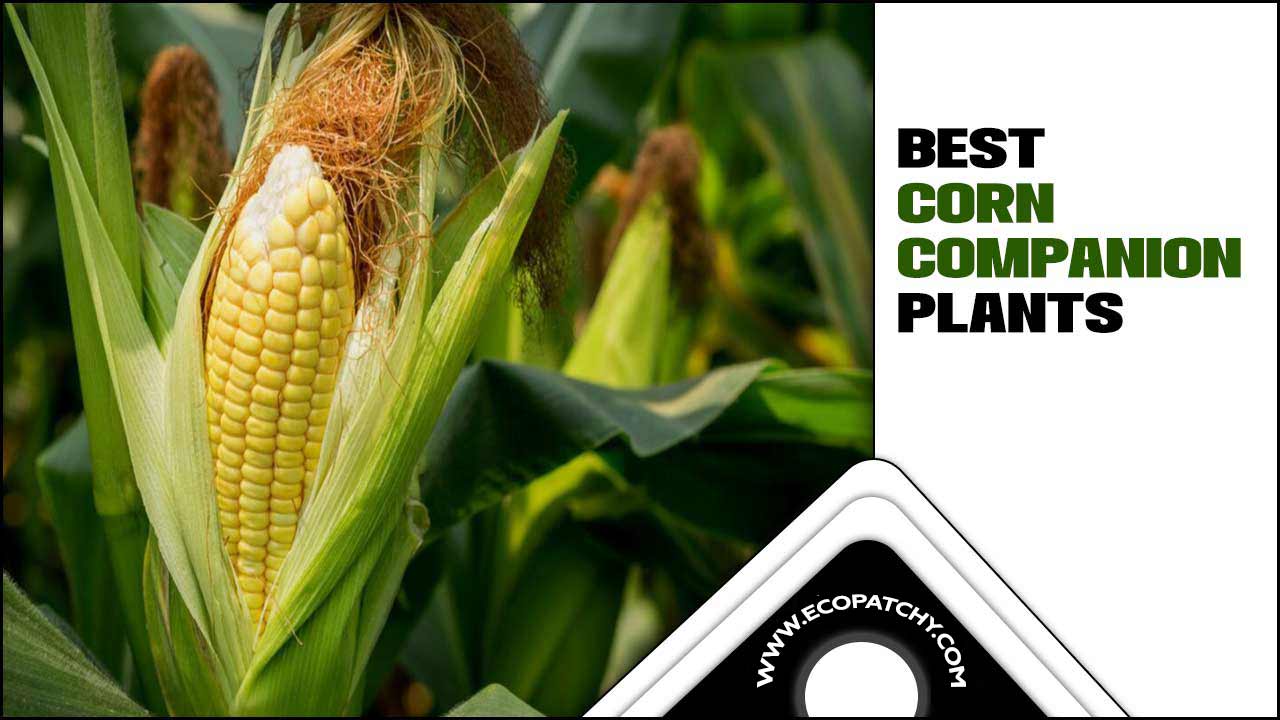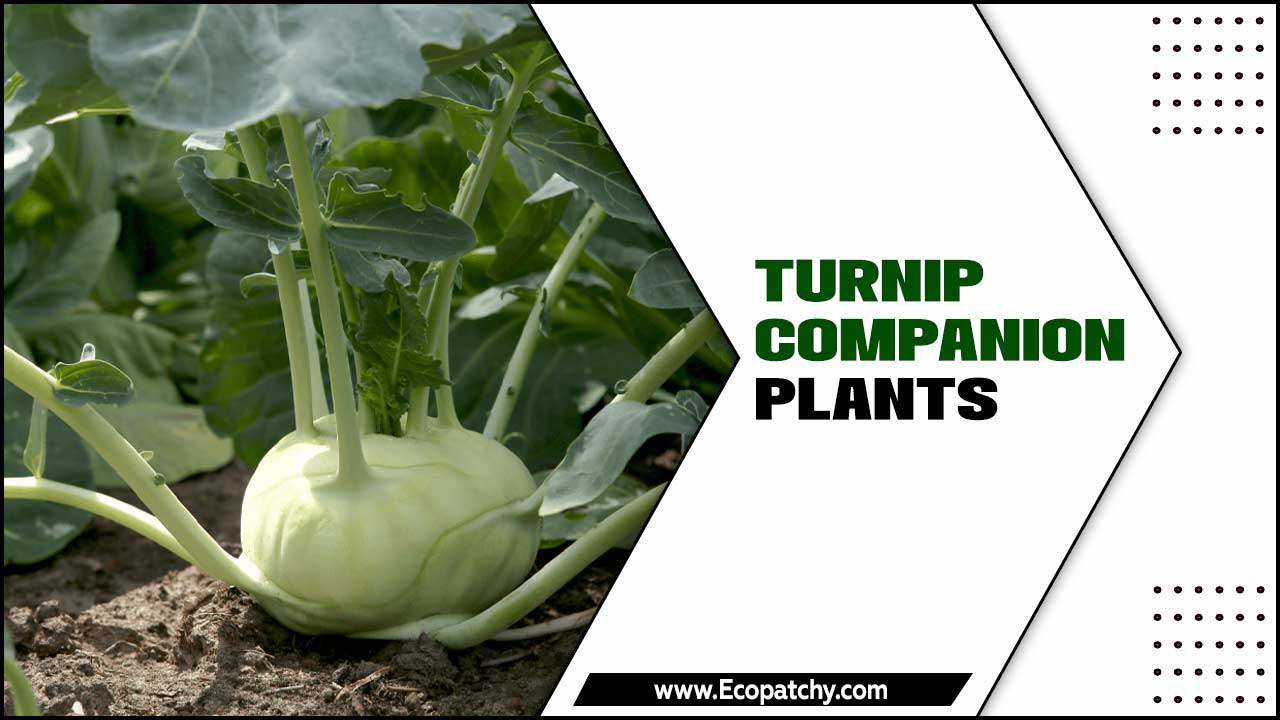Celery, a popular vegetable known for its crisp texture and distinct flavor, has been a staple in cuisines worldwide for centuries. However, growing celery can be challenging for many gardeners, as it requires specific growing conditions and is susceptible to pests and diseases.
That’s where companion planting comes in. By strategically planting certain plants alongside celery, gardeners can not only improve the overall health of their celery plants but also enhance their flavor and deter pests. We will explore some of the best companion plants for celery and how they can benefit your garden.
Whether you are a seasoned gardener looking to improve your celery crop or a beginner trying to navigate the world of companion planting, this article will provide all the necessary information and tips to grow celery with the perfect companions successfully.

What Is Companion Planting?
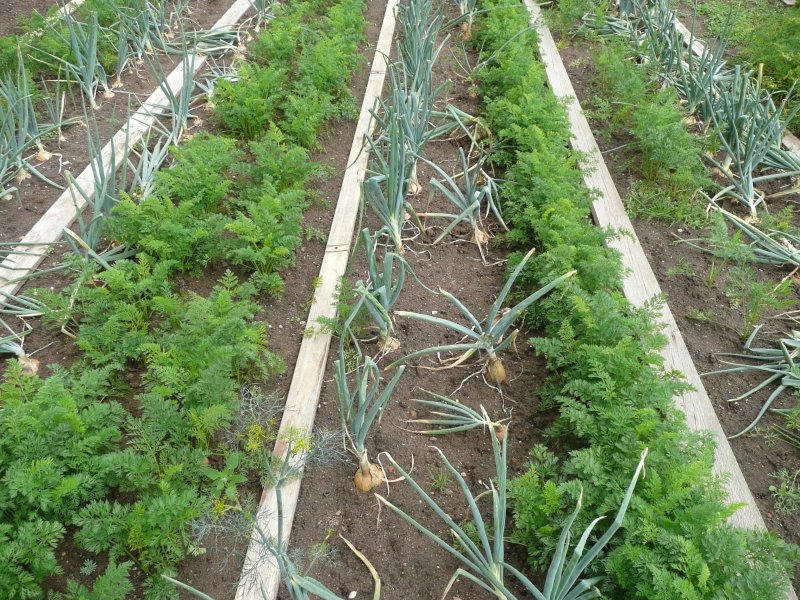
Companion planting is a gardening technique that involves planting different plants together in order to benefit each other. Certain plants have natural qualities that make them beneficial to others, and by strategically selecting companion plants, gardeners can improve the health and productivity of their crops.
Regarding celery, several companion plants can help deter pests, attract beneficial insects, and improve soil fertility. Some popular companion plants for celery include leeks, onions, tomatoes, and dill. These plants provide mutual benefits and create a visually appealing and diverse garden space. By practicing companion planting with celery, gardeners can maximize their harvest and create a thriving vegetable garden.
10 Best Companion Plants For Celery To Grow Together
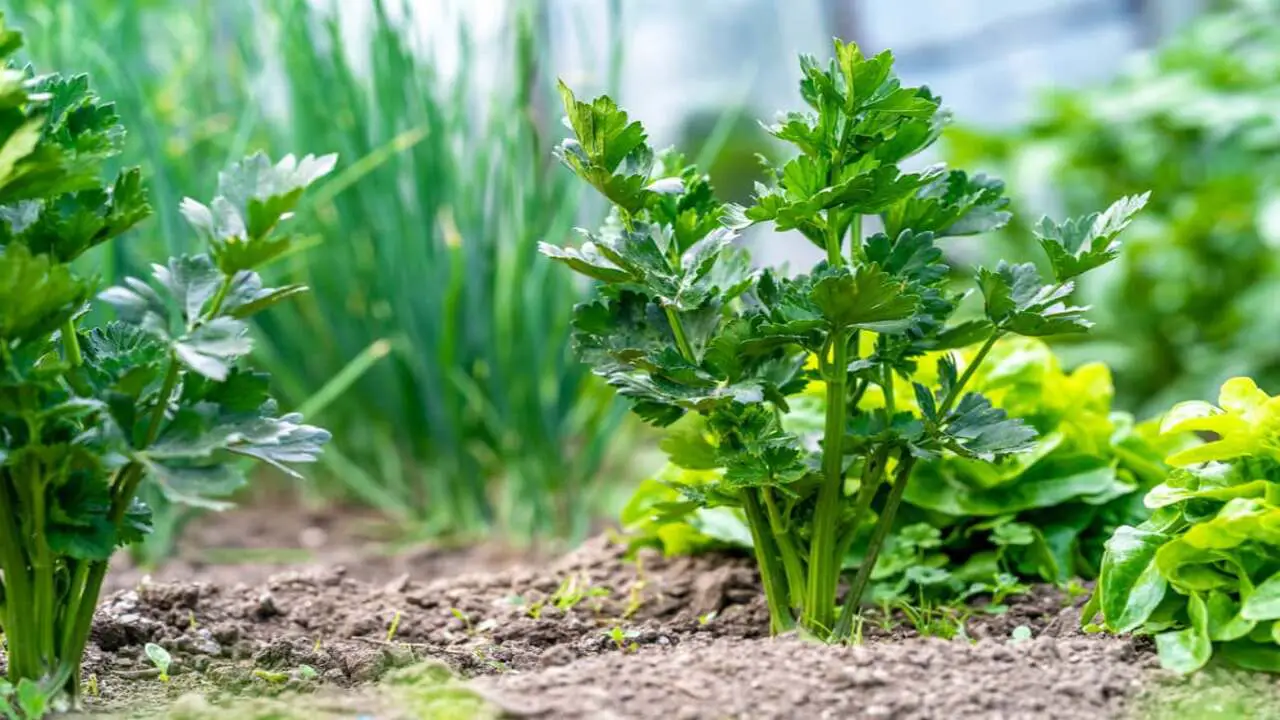
When it comes to growing celery, choosing the right companion plants can make all the difference. Companion planting involves strategically planting different crops to enhance growth and deter pests. By planting these companion plants alongside your celery, you can create a thriving garden ecosystem that promotes healthy growth and minimizes pest damage. Here are 10 of the best companion plants for celery:
1.Alliums

Alliums, such as onions and shallots, make excellent companions for celery. They not only enhance the flavor of celery but also repel pests like cabbage moths. Growing alliums alongside celery adds variety to your garden, creating a more visually appealing space.
The similar growing conditions required by alliums and celery make them compatible companions. Additionally, planting shallots near celery can help ward off pests and diseases. By adding alliums to your garden, you can enjoy their benefits to your celery crop.
2.Beans
Planting beans near celery enhances soil fertility as beans are nitrogen-fixing plants. This symbiotic relationship benefits the growth of celery. Growing beans alongside celery adds a vertical element to the garden, as the beans can act as a living trellis for the celery vines.
The combination of beans and celery creates a visually appealing garden bed. By incorporating beans into your companion planting strategy, you can optimize the growth and aesthetics of your celery crop.
3.Cabbage And Other Brassicas
Growing cabbage and other brassicas near celery can naturally deter pests, providing a protective barrier for the crop. In addition, brassicas like broccoli and cauliflower benefit from the shade provided by celery’s dense foliage.
Companion planting these vegetables with celery increases crop diversity and helps create a visually appealing garden bed. The strong scent of celery is a natural deterrent for cabbage moths, helping mask their attractants. Furthermore, the compatibility of celery and brassicas is enhanced by their similar growing requirements, making them excellent companions in the garden.
4.Chamomile

Chamomile is a valuable companion plant for celery. It attracts beneficial insects to the garden, such as parasitic wasps that help control pests like slugs and nematodes. Growing chamomile near celery not only enhances soil fertility but also adds beauty to the garden bed with its delicate flowers.
The flavors of both chamomile and celery can be enhanced when they are planted together. Additionally, chamomile can be used to make soothing herbal tea from its flowers. Chamomile is an excellent companion for celery due to its multiple benefits.
5.Cosmos
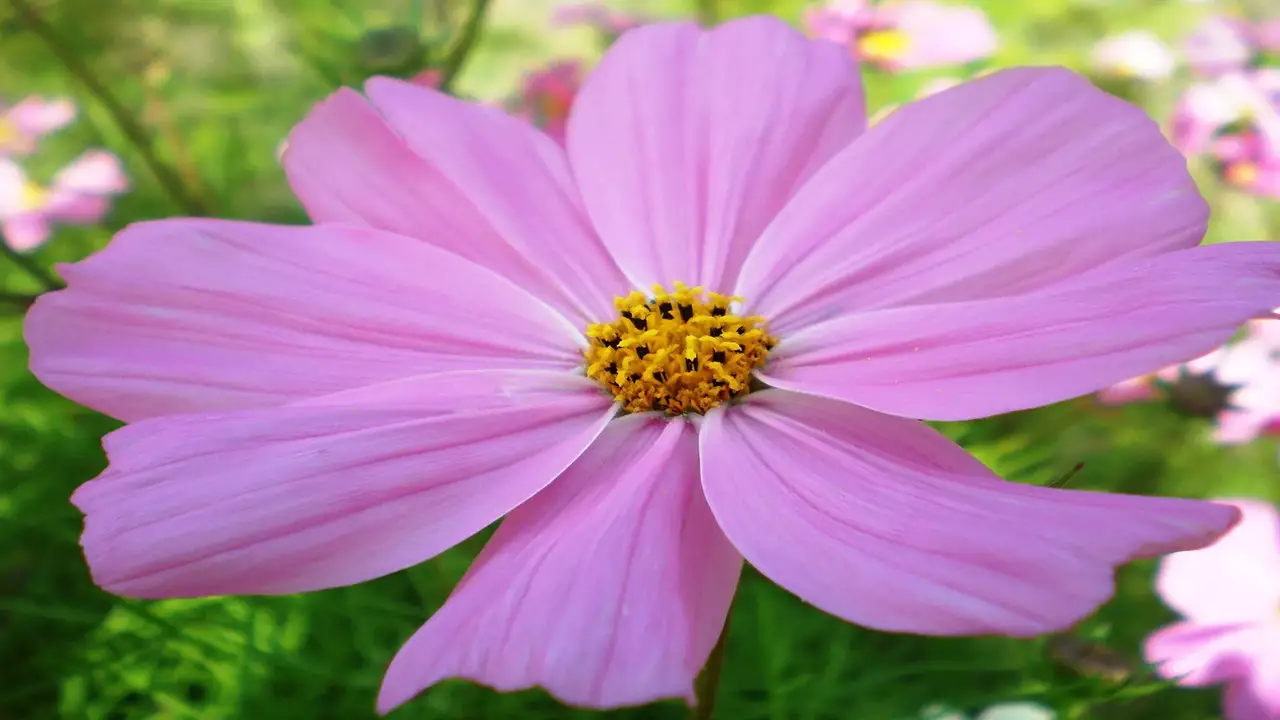
The cosmos flowers offer a visually appealing addition to your garden, attracting pollinators that benefit all plants, including celery. These vibrant flowers can bring color and beauty to the garden bed, enhancing its overall appearance.
Additionally, the tall stems of the cosmos can provide some much-needed shade for celery plants, helping them thrive in hot weather. As an added bonus, the cosmos flowers make excellent cut flowers for floral arrangements. Incorporating the cosmos as a companion plant with celery creates a stunning garden design that combines aesthetics and functionality.
6.Cucumbers
Growing cucumbers alongside celery can boost the yields of both crops. This companion planting technique also maximizes garden space, thanks to the vertical growth of cucumbers that can provide shade for the celery plants.
Another advantage is their similar watering needs, making them compatible companions. Combining cucumbers and celery in a garden bed creates a diverse and productive environment.
By incorporating NLP terms like “parasitic wasps,” “stalks,” and “slugs,” gardeners can further enhance the growth and health of their cucumber-celery combination. Other NLP terms such as “rosemary,” “oregano,” and “leeks” can also be added to diversify the herb selection for this companion planting duo.
7.Marigolds
Marigolds, with their vibrant flowers and strong scent, are excellent companion plants for celery. These flowers emit a fragrance that repels pests like aphids, acting as a natural pest control method. Additionally, planting marigolds near celery can attract beneficial insects such as ladybugs, which help to protect the celery crop further.
Marigolds also contribute to the overall aesthetics of the garden, adding color and beauty. Furthermore, these flowers aid in improving soil health and fertility. By companion planting marigolds with celery, gardeners can enhance both pest control and garden aesthetics.
8.Nasturtiums (101389680.Tif)
Nasturtiums (101389680. tif) are a great companion plant for celery. By planting nasturtiums alongside celery, you can enjoy multiple benefits. These vibrant flowers attract beneficial insects like parasitic wasps, which help control pests in your garden.
Nasturtiums also repel harmful pests such as slugs and white cabbage moths. Additionally, they improve soil health by acting as a heavy feeder, drawing nutrients up from deeper layers.
For a successful companion garden, consider planting nasturtiums alongside other compatible plants like onions, carrots, rosemary, oregano, cilantro, chives, parsnips, turnips, lavender, tansy, hyssop, kohlrabi, bush beans, and Brussels sprouts. With their aromatic presence and pest-repelling properties, nasturtiums make an excellent companion for celery.
9.Mint
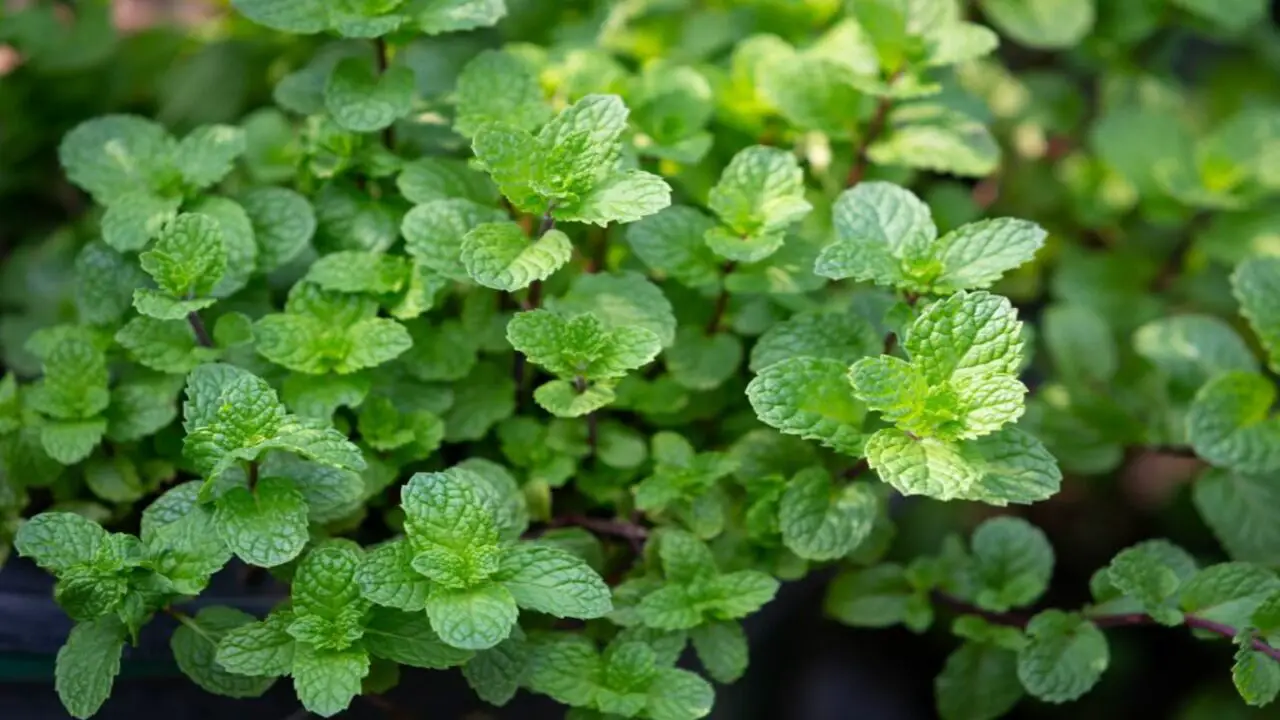
Growing mint near celery serves multiple purposes in the garden. Firstly, mint acts as a natural pest repellent, keeping aphids and other insect pests at bay. Additionally, mint plants provide ground cover, preventing weed growth around the celery stalks.
The aromatic leaves of mint add a pleasant fragrance to the garden and offer culinary uses in cooking and herbal teas. By companion planting mint with celery, gardeners can enhance pest control while introducing variety and aroma to their garden. It’s a win-win situation for both plants.
10.Spinach
Spinach is an excellent companion plant for celery. It helps deter pests and provides shade and moisture to the soil when planted alongside celery. Spinach and celery have different growing seasons, making them compatible companions.
The strong scent of celery also masks the odor of spinach, deterring insect pests. Both spinach and celery have similar nutrient requirements, making them a great combination in soil fertility. Adding spinach to your companion planting with celery can enhance your garden’s overall health and productivity.
Benefits Of Companion Planting With Celery
Companion planting with celery can provide numerous benefits for your garden. By strategically planting certain plants alongside celery, you can enhance its growth and health while deterring pests and improving overall garden productivity. Some of the benefits of companion planting with celery include:
- Pest Control: Certain plants, such as onions and garlic, have natural pest-repellent properties that can help protect celery from common garden pests like aphids and carrot flies.
- Improved Nutrient Uptake: Companion plants like beans and peas are nitrogen-fixing plants, which means they can help replenish the soil with nitrogen, an essential nutrient for healthy plant growth.
- Weed Suppression: Dense-growing companions like lettuce or spinach can act as living mulch, shading the soil around celery plants and preventing weed growth.
- Increased Pollination: Planting flowers like marigolds or daisies near celery can attract beneficial insects like bees and butterflies, aiding pollination and improving overall crop yield.
By carefully selecting companion plants and considering their beneficial interactions with celery, you can create a thriving garden ecosystem that supports healthy growth and helps maximize your harvest.
How To Choose The Best Companion Plant For Celery
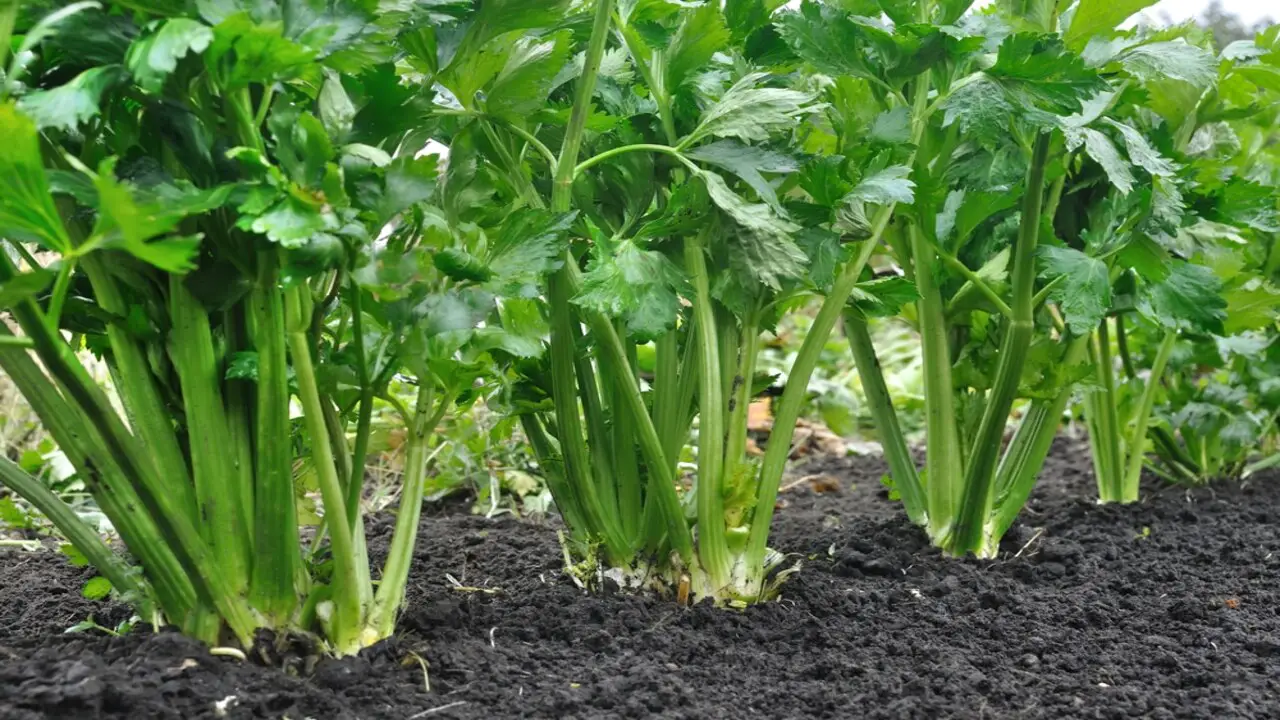
When choosing the best companion plant for celery, there are a few factors to consider. First, look for plants with similar soil and watering needs as celery. This will make maintaining the proper growing conditions for both plants easier.
Additionally, some plants can help deter pests that commonly affect celery, such as aphids or carrot flies. For example, planting onions or leeks alongside celery can help repel these pests. On the other hand, avoid planting celery near crops like potatoes or corn, as they can compete for nutrients and space.
Lastly, consider plants that can benefit from growing alongside celery, such as tomatoes or beans, which can provide shade or support for the celery stalks. By carefully selecting companion plants, you can create a thriving garden that maximizes the growth and health of your celery crop.
Conclusion
Companion planting is a great way to enhance the growth and health of your celery plants. You can improve their pest resistance, nutrient uptake, and overall yield by strategically pairing them with compatible plants. The best companion plants for celery is extensive, including alliums, beans, cabbage, cucumbers, and more. Each plant brings unique benefits, such as deterring pests or providing shade.
When choosing the best companion plant for your celery, consider sunlight requirements, soil preferences, and growth habits. You can create a thriving and harmonious ecosystem by incorporating companion planting into your gardening practices.
Frequently Asked Questions
1.What Should Not Be Planted Next To Celery?
Ans: When planting celery, it’s important to avoid certain companion plants. Stay away from carrot family members, like parsley or dill, and plants that attract pests, like strawberries or tomatoes. Also, steer clear of high-nitrogen plants like corn or beans. Instead, consider planting celery with garlic or onions, which repel pests.
2.What Should You Grow With Celery?
Ans: Consider growing celery alongside beans, spinach, tomatoes, and onions. Companion planting with these plants can help deter pests and attract beneficial insects. Avoid planting celery near plants in the carrot family to prevent disease cross-contamination. Intercropping with herbs like thyme or basil can add flavor and provide additional pest control benefits.
3.Does Celery Like Full Sun Or Shade?
Ans: Celery prefers full sun but can tolerate some shade. It may need shade during the hottest parts of the day in hotter climates. Adequate sunlight is necessary for its growth and development. Consider planting celery near taller plants that can provide shade during the midday heat.
4.Can You Plant Celery With Lettuce?
Ans: Yes, celery and lettuce can be planted together as they are compatible companion plants. Lettuce provides shade for celery, retains moisture in the soil, deters pests, and promotes healthy growth. Other good companion plants for celery include beans, peas, and spinach.
5.What Are The BEST Celery Companion Plants?
Ans: Some excellent companions for celery include beans, peas, spinach, and tomatoes. These plants can help deter pests and attract beneficial insects. Onions and garlic are also suitable companions due to their pest-repelling properties. Consider planting herbs like thyme or chamomile alongside celery to improve soil health.

